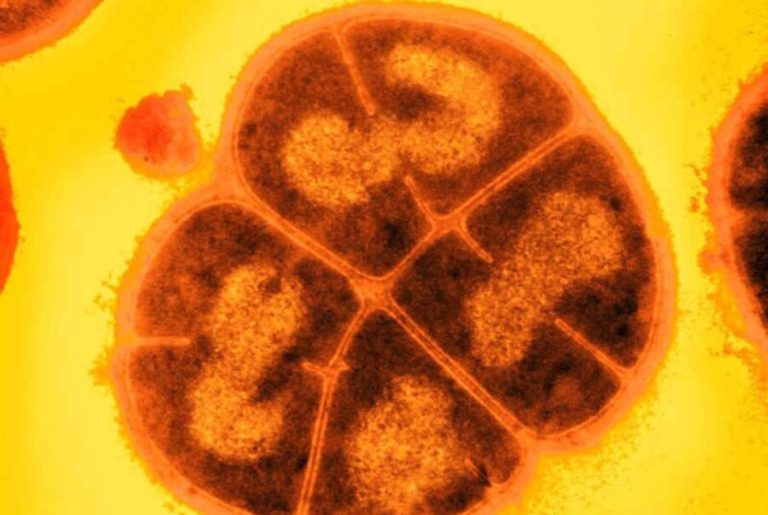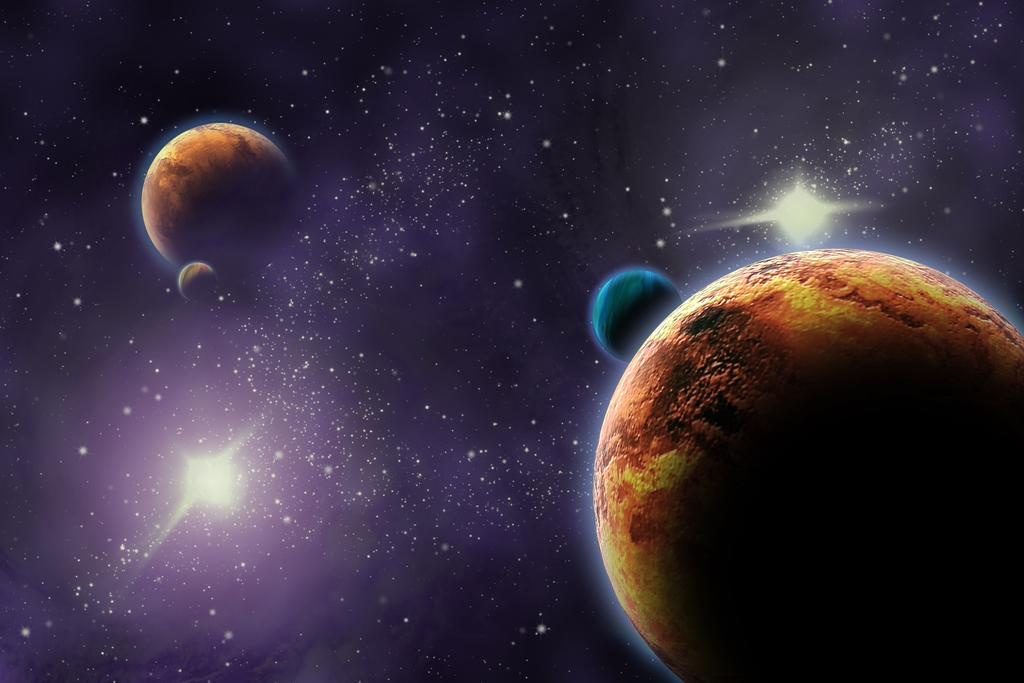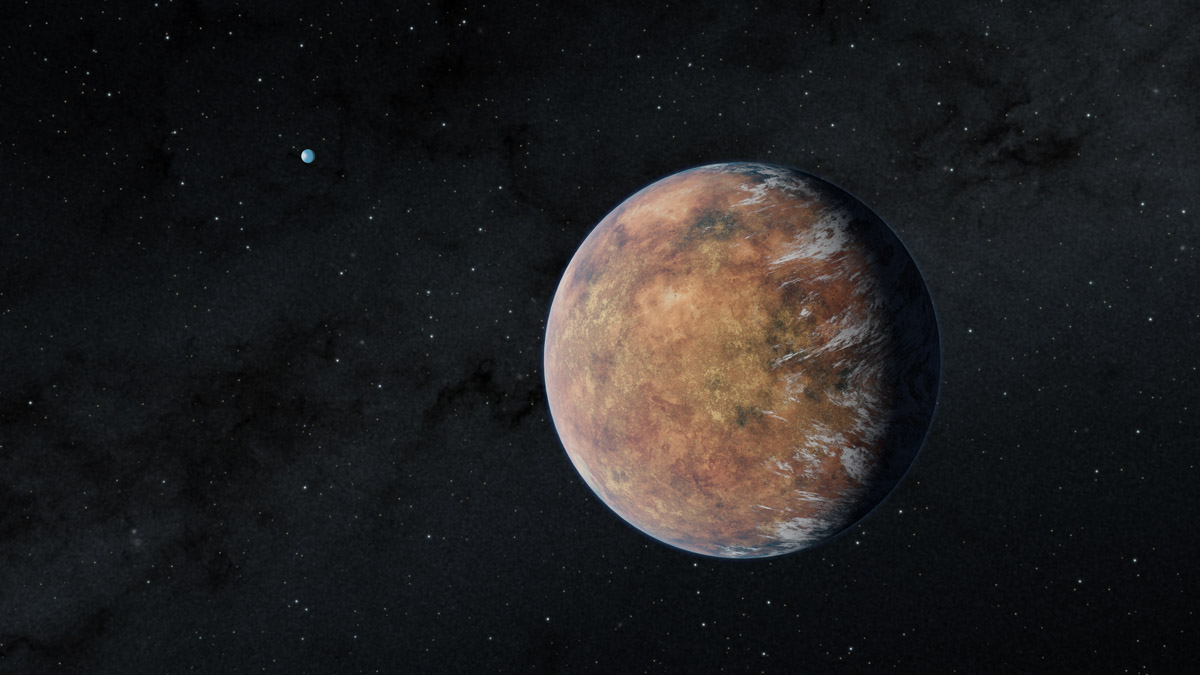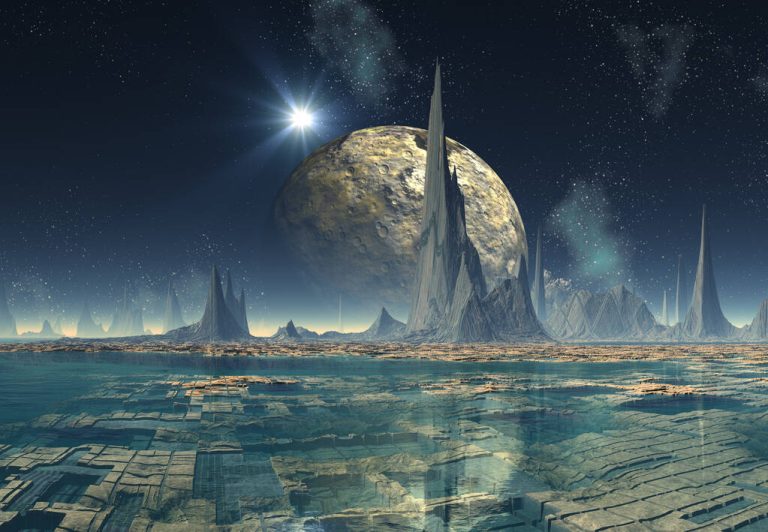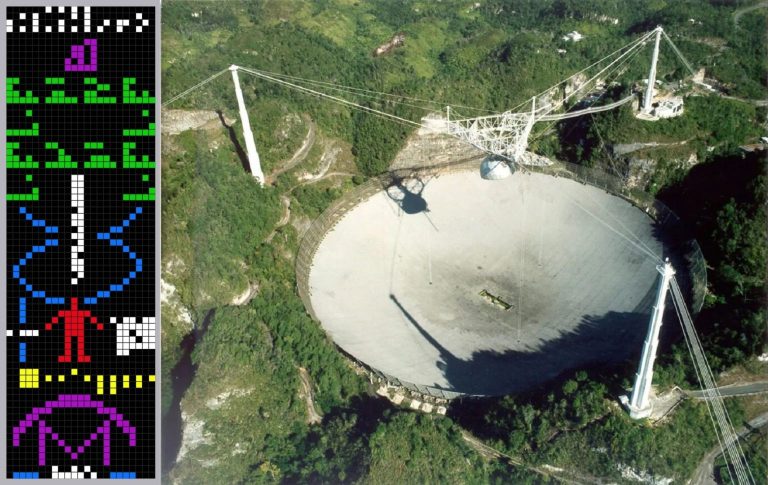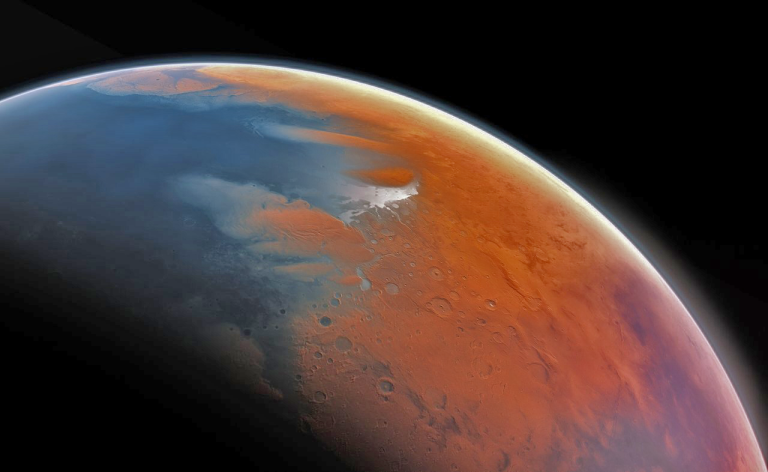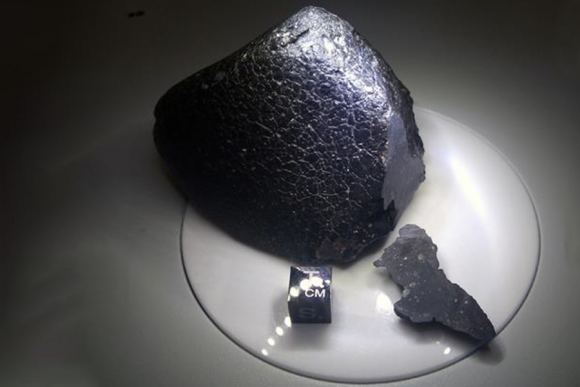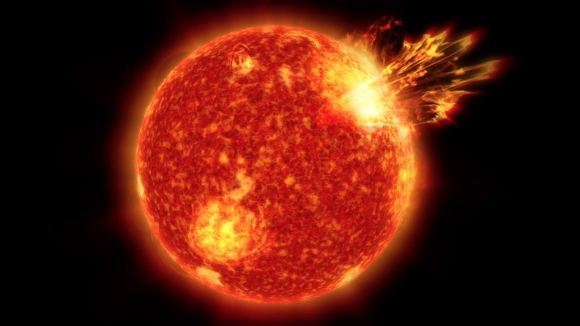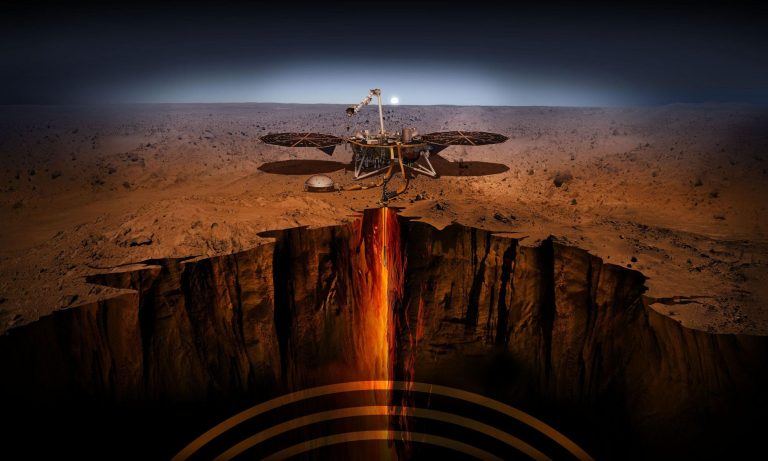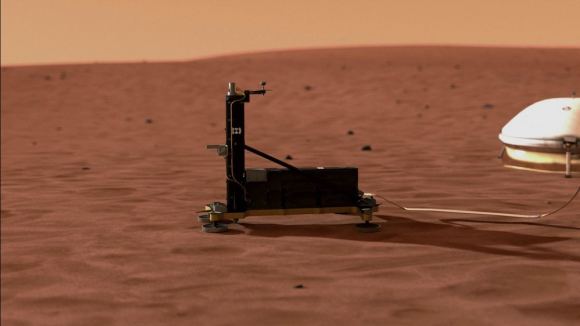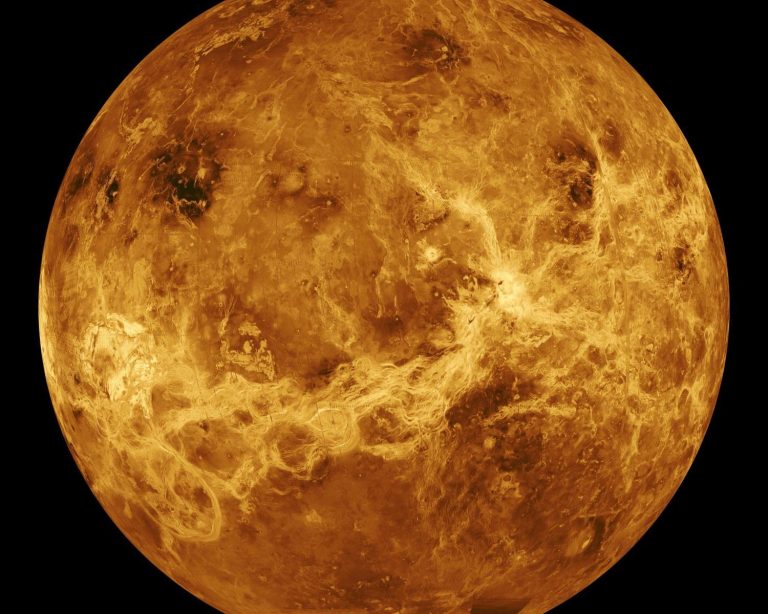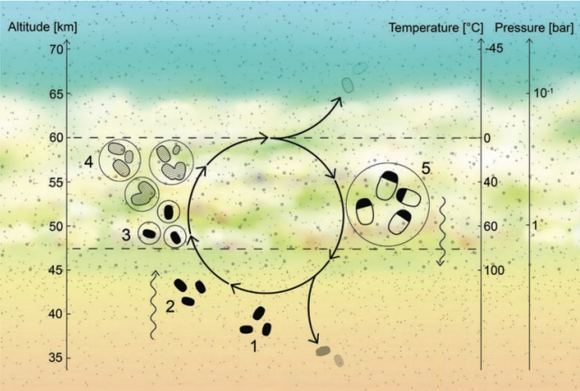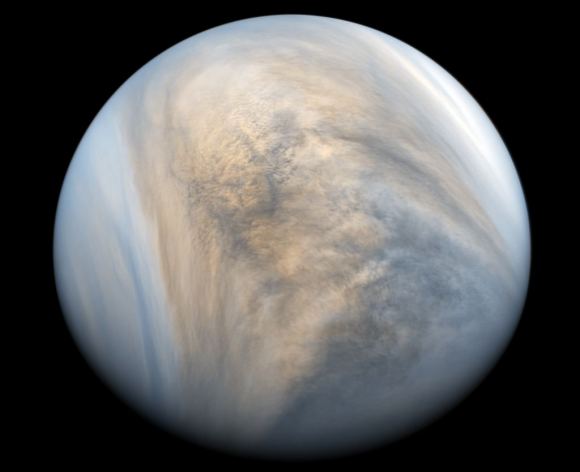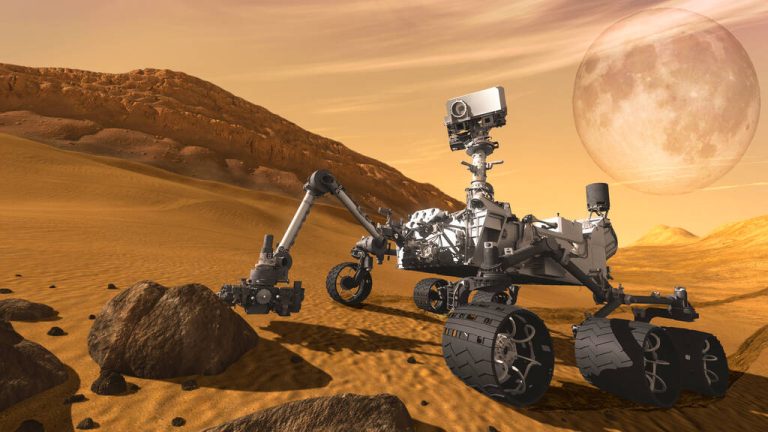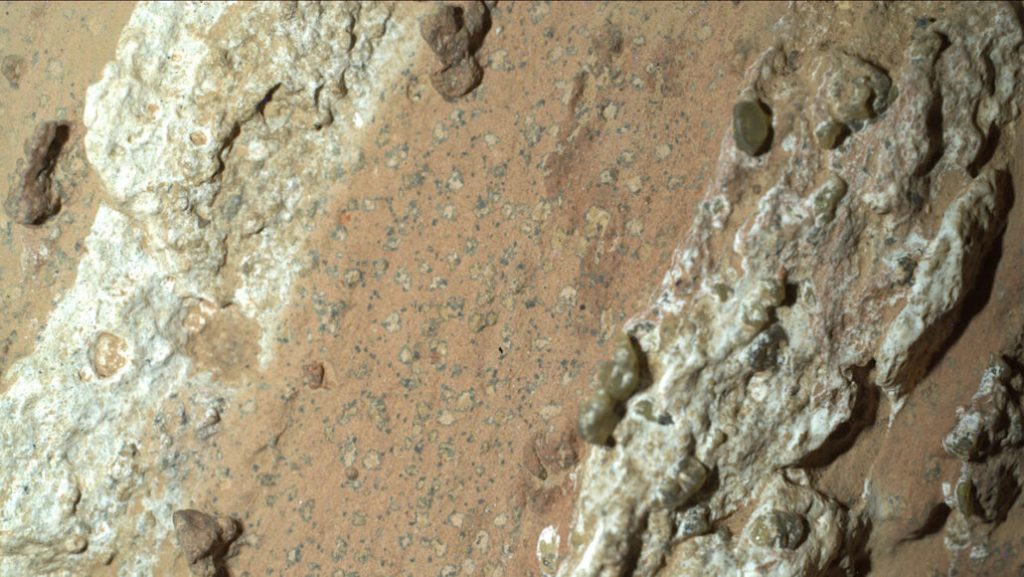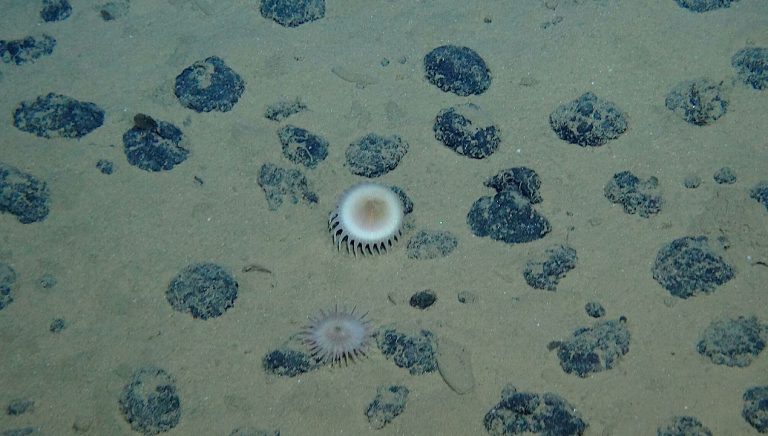Meet the Superbacteria That Thrives in Deadly Radiation
Deinococcus radiodurans, nicknamed “Conan the Bacterium,” is one of the most radiation-resistant organisms on Earth. Inspired by this bacterium, scientists have developed a synthetic antioxidant that could revolutionize radiation protection for humans, with applications ranging from space exploration to medicine and defense.
Summary
- Deinococcus radiodurans is an extremophile capable of surviving extreme radiation doses.
- This bacterium can withstand 25,000 grays of radiation in hydrated form and up to 140,000 grays when frozen or dried.
- The resistance mechanism lies in manganese-based antioxidants.
- A synthetic antioxidant inspired by the bacterium, called MDP (Manganese-Decapeptide-Phosphate complex), offers better radiation protection than the natural system.
- Scientists envision applications of MDP in space exploration, especially for astronaut safety on missions to Mars.
- It also holds promise in medicine, such as stabilizing irradiated vaccines for long-term storage.
- This research builds on earlier studies about extremophiles’ survival in harsh environments.
- Future directions include creating more potent manganese-based antioxidants for space, defense, and healthcare.
- This work is linked to institutions such as Northwestern University and the Uniformed Services University, where researchers focus on planetary protection and space medicine.
- The discoveries about D. radiodurans help scientists speculate about possible microbial life on Mars.
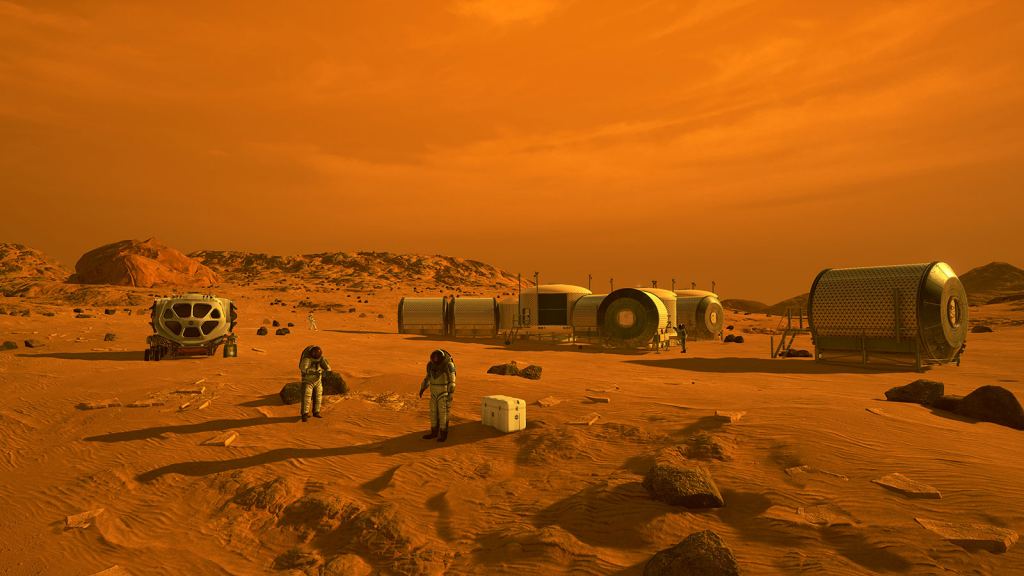
What is Deinococcus Radiodurans?
Nature’s extremophiles amaze scientists with their ability to survive in conditions considered fatal for most life forms. Deinococcus radiodurans, or “Conan the Bacterium,” stands out due to its exceptional resistance to ionizing radiation. According to Northwestern University’s research, it can withstand radiation doses 28,000 times greater than the lethal dose for humans.
The bacterium thrives in environments such as NASA’s Mars-like simulations, where high cosmic radiation would obliterate most terrestrial organisms. A fascinating feature is its survival strategy — accumulating manganese antioxidants to shield against radiation damage.
The Mechanism of Survival
Studies by Dr. Michael J. Daly and Professor Brian Hoffman explain how the bacterium’s resistance comes from manganese-based antioxidant complexes. These protect proteins and DNA from oxidative damage caused by free radicals during radiation exposure.
Earlier research published in the Proceedings of the National Academy of Sciences (PNAS) demonstrated how manganese combined with phosphate creates a potent shield. Hoffman’s team found that adding a third component, a designer decapeptide (DP1), results in the highly effective MDP antioxidant.
“This new understanding of MDP could lead to the development of even more potent manganese-based antioxidants for applications in health care, industry, defense, and space exploration,” said Dr. Daly in an interview with Northwestern Now.
Applications in Space Exploration
Deep space exploration presents extreme challenges due to cosmic radiation. Astronauts on missions to Mars or other planets face risks that could compromise their health and mission success. The development of MDP antioxidants offers promising solutions.
Imagine a future where astronauts are shielded from radiation not only by spacecraft but by a biological mechanism similar to Conan the Bacterium. This innovation could help humans safely explore regions like Mars, where frozen microbes might already survive beneath the surface, as suggested by planetary protection experts.
Table 1: Radiation Tolerance Comparison
| Organism/Material | Radiation Dose Tolerated (Grays) |
|---|---|
| Humans | 5 |
| Deinococcus Radiodurans (hydrated) | 25,000 |
| Deinococcus Radiodurans (frozen) | 140,000 |
| Synthetic MDP Antioxidant | >140,000 |
Medical and Industrial Applications
Radiation has detrimental effects on vaccines, rendering them inactive over time. However, the synthetic MDP antioxidant developed by Northwestern University researchers can stabilize vaccines exposed to radiation. This has profound implications for space medicine and Earth-based healthcare.
Applications of MDP extend beyond medicine. Industries such as nuclear energy, where workers face regular exposure to ionizing radiation, could adopt manganese-based antioxidants for protection. The Cancer Center at Northwestern University is also investigating its use in radiotherapy, potentially reducing side effects for cancer patients undergoing treatment.
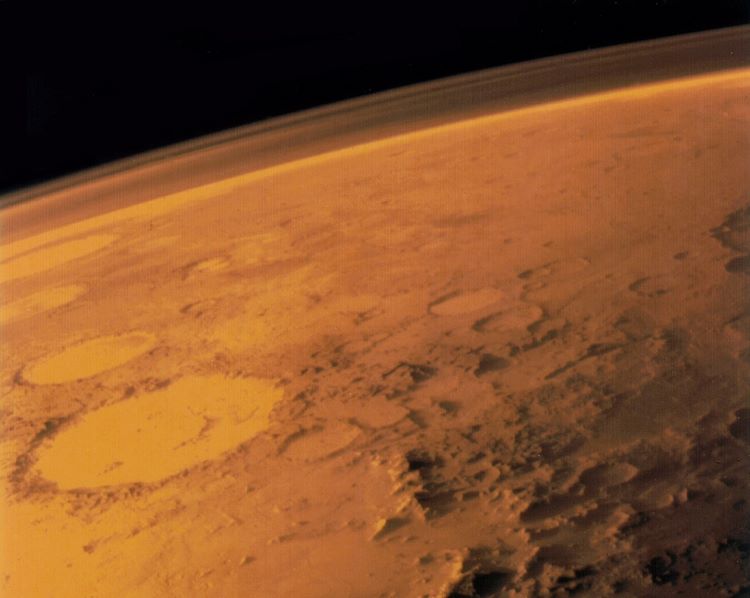
Table 2: Potential Applications of MDP Antioxidants
| Field | Application Example |
|---|---|
| Space Exploration | Radiation protection for astronauts |
| Medicine | Stabilizing irradiated vaccines, radiotherapy |
| Defense | Shielding equipment and personnel from radiation |
| Industry | Oxidation prevention in manufacturing |
Future Research Directions
Scientists are optimistic about advancing MDP-based technologies for practical use. Current efforts at Northwestern University’s Chemistry Department focus on refining antioxidant potency and expanding applications.
Additionally, collaborations with institutions like the Uniformed Services University aim to develop solutions for military personnel exposed to radiation. On the astrobiology front, these studies fuel speculation about microbial survival on Mars and the broader search for extraterrestrial life.
“By studying extremophiles, we unlock clues about life’s resilience and the potential for life beyond Earth,” said Dr. Brian Hoffman in an interview with Nature.
Fun Fact:
- While humans succumb to 5 grays of radiation exposure, D. radiodurans easily survives 25,000 grays when hydrated and up to 140,000 grays when dried or frozen.
- Did you know manganese-based antioxidants can also be applied in industrial processes to reduce oxidative stress in sensitive materials?
Deinococcus radiodurans has captivated scientists for decades, and its resilience inspires cutting-edge research. The creation of MDP antioxidants opens new frontiers in medicine, defense, and space exploration. By mimicking nature’s ingenuity, humanity moves closer to conquering the challenges of radiation in hostile environments, both on Earth and beyond.
References
- How Conan the Bacterium Withstands Extreme Radiation (Northwestern Now)
- Proceedings of the National Academy of Sciences (PNAS)
- Ancient Bacteria Might Lurk Beneath Mars’ Surface (Northwestern News)
- National Academies Committee on Planetary Protection
- Brian Hoffman’s Profile at Northwestern University
- Cancer Center at Northwestern University
- Chemistry of Life Processes Institute
- Uniformed Services University
- Deinococcus Radiodurans on Wikipedia

